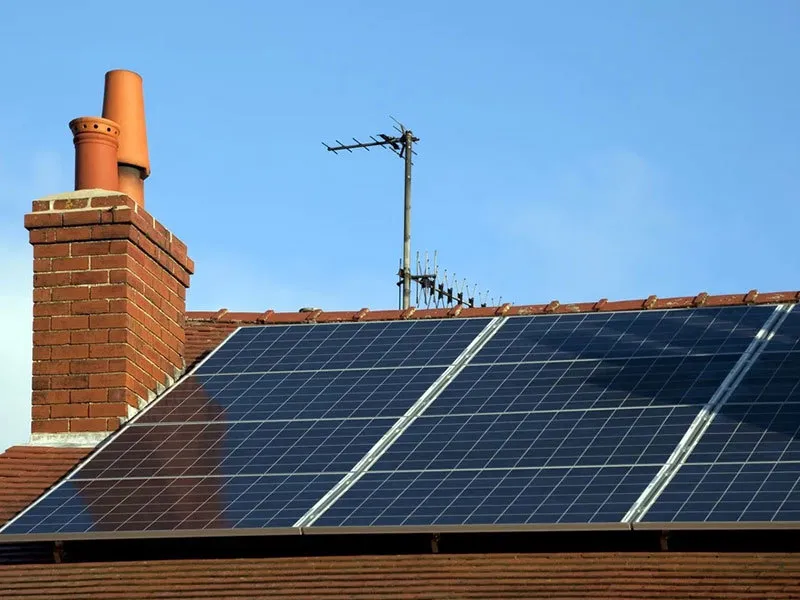The Process of Manufacturing Solar Panels and Their Impact on Renewable Energy Innovation
The Manufacturing Process of Solar Panels
Solar panels have become an essential part of the renewable energy landscape, harnessing sunlight and converting it into electricity. But have you ever wondered how these panels are made? The manufacturing process involves several intricate steps, from raw materials to the final product, ensuring efficiency and durability.
Raw Materials
The primary component of most solar panels is silicon, which is derived from sand. Silicon is chosen for its semiconductor properties, allowing it to effectively convert solar energy into electrical energy. The production of silicon begins with the extraction of silicon dioxide from sand, which is then heated in a furnace at high temperatures, typically around 1,500 degrees Celsius. This process results in metallurgical-grade silicon, which is then further purified to create polysilicon, suitable for photovoltaic (PV) cells.
Wafer Production
Once the polysilicon is produced, it is converted into wafers. This involves melting the polysilicon into a solid ingot and then slicing it into thin wafers using a diamond wire saw. These wafers, which are usually about 200 micrometers thick, serve as the foundation for solar cells. The slicing process must be precise to minimize waste and ensure the integrity of each wafer.
Cell Creation
After the wafers are produced, they undergo a series of processes to form solar cells. First, the wafers are treated with various chemicals to create a p-n junction— a crucial component in solar cells that allows them to generate electricity when exposed to sunlight. Phosphorus is typically added to create an n-type layer, while boron is used to form a p-type layer. This results in an electric field that separates the generated electrons and holes, contributing to electricity flow.
solar panel how its made

Once the doping process is complete, the wafers are coated with anti-reflective materials to increase their efficiency by reducing sunlight reflection. The next step involves the metal contacts being added to the surface of the cells. Thin metal lines are printed on the cells to collect and transfer the generated electricity.
Panel Assembly
The finalized solar cells are then assembled into panels. This step requires careful handling to avoid damaging the delicate cells. The cells are arranged in a specific configuration and interconnected using conductive materials. The array of cells is then encapsulated with a protective layer, usually made of polymer materials like ethylene vinyl acetate (EVA). This layer not only protects the cells from environmental damage but also enhances their durability and lifespan.
The assembled cells are then sandwiched between two layers of glass and a backsheet, which is typically made of polyvinyl fluoride (PVF). The entire assembly is subjected to high temperatures in a laminating process that bonds all the layers together, ensuring the panel is weatherproof and robust.
Quality Control and Testing
After assembly, solar panels undergo rigorous testing to ensure they meet industry standards. Quality control includes testing for power output, durability under stress, and resistance to environmental factors like moisture and temperature. Panels that pass these tests are then packaged and prepared for shipment.
Conclusion
The manufacturing of solar panels is a complex, multi-step process that combines advanced technology with quality materials to create a product that captures the power of the sun. As the demand for clean energy continues to grow, understanding how solar panels are made highlights the intricate efforts behind this sustainable technology. By investing in solar energy, we not only harness natural resources but also pave the way for a greener future.
-
String Solar Inverter: The High-Efficiency Solution for Smart Solar EnergyNewsJul.14,2025
-
Revolutionizing Rooftop Energy with the Power of the Micro Solar InverterNewsJul.14,2025
-
Power Independence with Smart Off Grid Solar Inverter SolutionsNewsJul.14,2025
-
On Grid Solar Inverter: Powering the Future with Smart Grid IntegrationNewsJul.14,2025
-
Monocrystalline Solar Panels: High-Efficiency Power for the Future of Clean EnergyNewsJul.14,2025
-
Bifacial Solar Panel: A Smarter Investment for Next-Generation Energy SystemsNewsJul.14,2025







